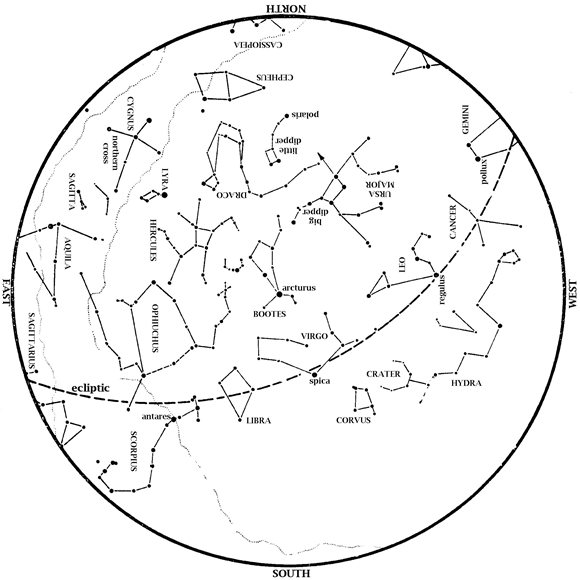Get yourself in gear this summer with the Houston Museum of Natural Science and our Science Start Outreach programs! It’s never too early to register for these super fun educational activities.
Take the first steps to physical fitness by understanding how the human body works and how it compares to other animals with our brand new Body Works programs! There will be three different programs, each focusing on a different portion of the body: Movin’ and Shakin’, Pump It Up and Head Honcho.

How do the different parts of your body work in coordination to throw a football? We’ll discuss human anatomy in Science Start: Body Works!
Any discussion of sports and fitness needs to include a lengthy section on the human body’s skeleton and muscles, and we’ll tackle those topics in Movin’ and Shakin’! The components of our endoskeleton give our body its shape and stability; it would be pretty tough to shoot some hoops without bones! The muscles, tendons and ligaments allow for efficient and calculated motion that lets humans do everything from riding a bike to kicking a ball.
We’ll explore differences between our arms and the appendages of other animals that have different purposes, like a bird’s wing or a whale’s flipper. We’ll discover how our muscles work together to make simple actions like smiling possible. And we’ll do it all with museum specimens and a museum educator leading the way!
Next, it’s important to understand how the body gets the energy it needs to keep going. Pump It Up takes a look at the heart, blood and kidneys and how they work together to keep the body running smoothly. The bloodstream is vital for exercise, as our red blood cells carry oxygen and nutrients throughout the body, supplying cells in muscles with important resources to continue working properly. Of course, the blood won’t get very far without the pumping action of the heart, and the bloodstream would not be as effective without the filtering power of the kidneys.
In Pump It Up, we’ll compare the human heart with that of an animal much smaller than us (a rat) and an animal much larger (a cow). We will take a look at the rainbow of different colors of blood represented by various animals around the world as well as how human kidneys keep our blood pure. We’ll certainly get your heart racing!
Of course, to complete an action as complex as throwing a curveball, there has to be a manager, coordinating all of the motions to produce a consistent result. That’s the head honcho, so to speak, or the brain! The human brain has around 100 billion neurons, and many of those have hundreds of synapses (essentially connections between neurons). It’s estimated that there are over 100 trillion synapses in the human brain!
In Head Honcho, we’ll compare our brain with animals of all kinds, from the ancient Tyrannosaurus rex to modern sharks. From there, we’ll look at the skulls and teeth of other animals and how we can figure out what that animal ate from what its teeth look like.
Each of these programs correlates to TEKS objectives and is perfect for young learners! Book now for these awesome programs, beginning June 1.
To schedule a presentation, contact us at outreach@hmns.org or (713) 639-4758!








